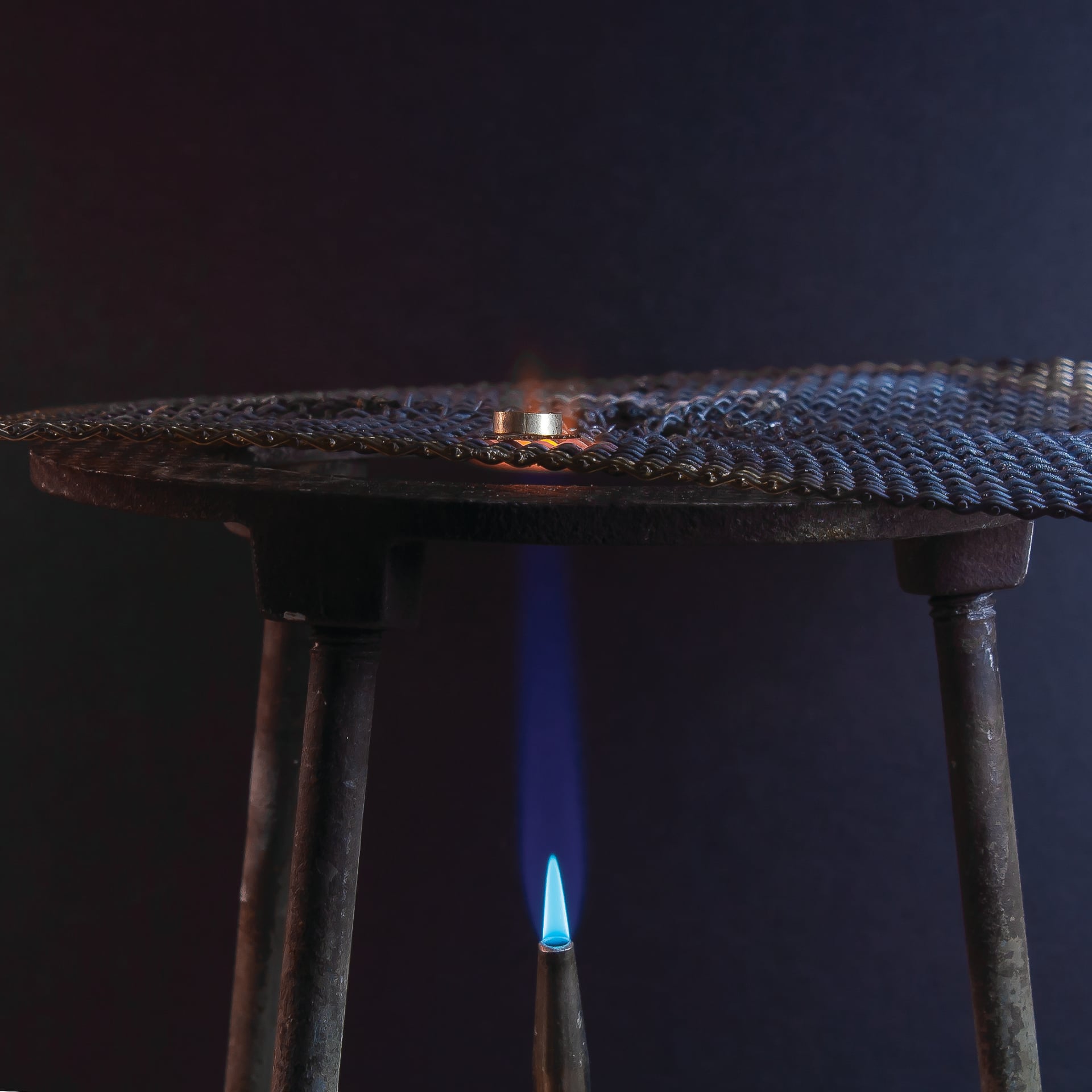Soldering Demystified: Debunking a Soldering Myth
2 Minute Read
Debunking a soldering myth
There are many myths about heating pieces during soldering that can cause innumerable problems during relatively simple soldering operations. In this occasional column, I will address the top soldering myths and the essential criteria to be used in evaluating soldering techniques.
Soldering Myth: You must keep the flame moving during soldering.
In an earlier column I emphasized the two cardinal rules of successful soldering: hot and fast. However, you won't achieve either if you are jiggling or circling your flame while soldering. The longer it takes to get your piece to soldering temperature, the more time there is for the metal to oxidize and your solder to get dirty and refuse to flow.
So why do we insist on keeping the flame moving during soldering rather than concentrating the heat in the needed area? It likely goes back to the way we were taught. No instructor wants a student to melt a piece. However, by encouraging students to keep their torches moving to avoid melting their work, students are being inadvertently taught to fear the torch so much they never truly master it. Instead, they should be learning that the more the flame is moved around, the greater the opportunity for the heat to dissipate and the piece and solder to oxidize. Using the end of the flame gives you controlled, fast heat so there is no need to keep the flame moving and slow down or stop the solder's flow. Solder flows at a lower temperature than metal so, as long as you keep an eye on the solder and pull the heat away as soon as it melts, you shouldn't have a problem.
Another point to consider about general advice such as "you must keep the flame moving" is that we can have no sure idea of the original circumstances to which it applied. Traditional jewelry lore keeps getting passed along as gospel but often it is incorrect today because it was based on a situation that no longer exists. For example, "you must keep the flame moving" might have originated at a time or place that used much larger flames in relation to the ones we use now. There could be many possible explanations, but it is incumbent upon us to determine whether this advice applies in our studio situations. I often find that it does not.
Testing repeatedly is the only way to gather useful information about best studio practices. Many years of testing in my studio proved that not only was it not necessary to keep the flame moving using the smith flames 00-2, but the more the flame was moved, the less successful the soldering was.
Jeanette K. Caines is the director of Jewelry Arts Inc. ( jewelryarts.com ) in New York City, and the author of Soldering Demystified (available on Amazon).
Editor's Note: This article is excerpted from "Soldering Demystified," a paper presented at the 2015 Santa Fe Symposium on Jewelry Manufacturing Technology. To order a copy of the paper, visit santafesymposium.org .
You assume all responsibility and risk for the use of the safety resources available on or through this web page. The International Gem Society LLC does not assume any liability for the materials, information and opinions provided on, or available through, this web page. No advice or information provided by this website shall create any warranty. Reliance on such advice, information or the content of this web page is solely at your own risk, including without limitation any safety guidelines, resources or precautions, or any other information related to safety that may be available on or through this web page. The International Gem Society LLC disclaims any liability for injury, death or damages resulting from the use thereof.
The All-In-One Jewelry Making Solution At Your Fingertips
When you join the Ganoksin community, you get the tools you need to take your work to the next level.
Trusted Jewelry Making Information & Techniques
Sign up to receive the latest articles, techniques, and inspirations with our free newsletter.



